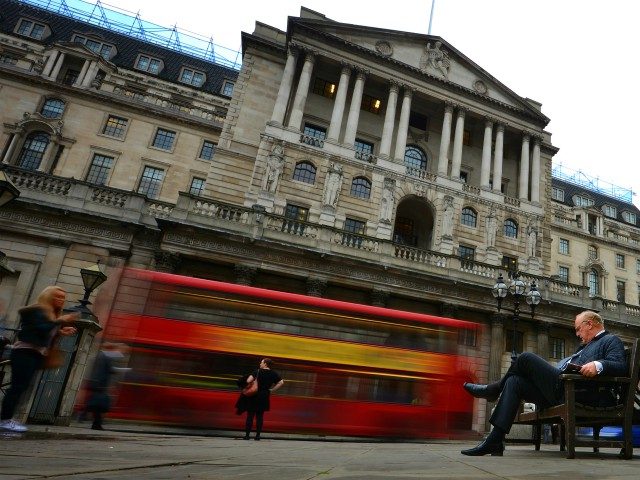The Bank of England made its second emergency rate cut in a week Thursday, slashing the already historically low 0.25 to 0.1 per cent in a bid to stimulate the economy as it takes a beating from coronavirus effects.
The cut to 0.1 per cent, the lowest ever in the 320 year history of England’s central bank, came just days after the rate was cut by half a per cent to 0.25 per cent, again a move intended to keep the economy moving by making the cost of borrowing money cheaper.
The new governor of the Bank of England Andrew Bailey — who only took over this week — said the measures would be temporary and are intended to meet the needs of the economy, but the severity of the measures call into question whether they will work well enough. If the economy does not show signs of reacting to the stimulus well enough, a further option open to the Bank of England and other central banks is to send interest rates below zero.
In this situation, banks are charged to store excess reserves of cash with the central bank rather than be paid interest, a device meant to encourage banks to loan more money into the economy rather than sit on large reserves. Such moves are rare but have been used by the European Central Bank and Japan in the past to combat extremely low inflation, deflation, and weak growth.
The Bank of England also announced new money printing, launching a £200 billion increase in bond-buying, which will predominantly go on UK government bonds, according to the Reuters wire service.

COMMENTS
Please let us know if you're having issues with commenting.